As one of Ireland's port villages, Cobh in Co Cork has a rich history.
If you claim Irish descent, then there is a good chance that your ancestors left Ireland through Cobh (pronounced Cove) on the south coast of Ireland. Cobh was the departure point for 2.5 million of the six million Irish people who emigrated to North America between 1848 and 1950.
Cobh, originally named Queenstown after the visit of Queen Victoria in 1849, is situated on Great Island in Cork Harbour, the second-largest natural harbor in the world. It is accessed by a single road bridge, train or car ferry.
Further out in the harbor is Spike Island, one of Cobh's newer tourist attractions. It has a star-shaped fort and was a former penal colony where convicts waiting to be transported to Barbados or Van Diemen’s Land were held.
Cobh was listed as one of Ireland’s top ten tourism towns in 2013 and as a top-four large tourism town in 2014. This Fáilte Ireland competition recognizes towns that are embracing tourism with exceptional experiences and a warm welcome to visitors. Cobh is at the top of its game along with Killarney, Westport, and Kilkenny.
Annie Moore
Annie Moore was the first immigrant to pass through the Ellis Island immigration facility in New York Harbor on Jan 1, 1892. She had traveled from Cobh on the steamship Nevada with her brothers Anthony and Phillip.
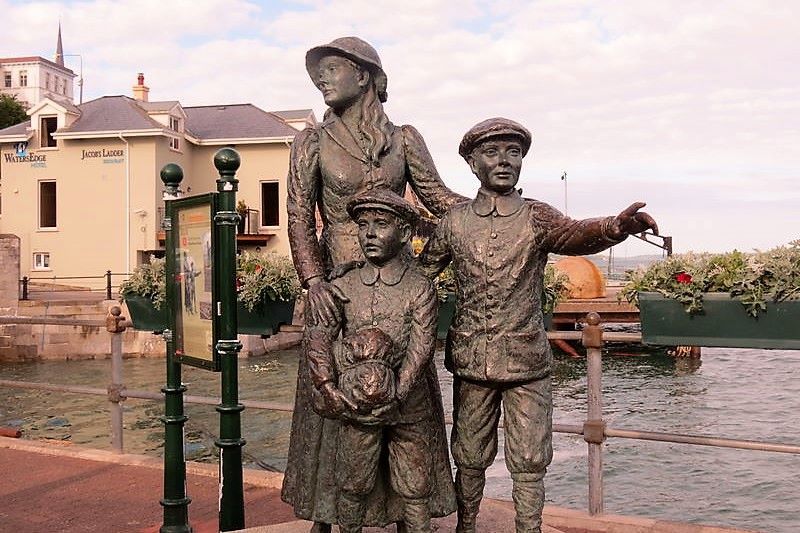
The statue of Annie Moore and her brothers in Cobh (Ireland's Content Pool)
The arrival of the railway in Cobh in 1862 facilitated the mass emigration of people from Cork Harbour. Mail destined for, or originating in Britain was also transferred from or to transatlantic liners. Jules Verne, traveling on the Great Eastern noted that through the use of mail trains from Cobh via Kingstown (now Dun Laoghaire) to Liverpool that “the dispatches conveyed by that way gain a full day compared to the ocean liner’s route.”
The sea shanty “The Holy Ground” refers to the eastern part of Cobh that wasn’t holy at all. The area catered for the needs of sailors!

Love Irish history? Share your favorite stories with other history buffs in the IrishCentral History Facebook group.
Cobh and The Titanic
The Titanic’s last port of call was Cobh. On April 11, 1912, the pride of the White Star line dropped anchor for the last time near Roche’s Point at the entrance to Cork Harbour. Less than two hours later she had retrieved her anchor and was sailing westward again having picked up 123 passengers who were brought to the ship from Cobh by the tenders Ireland and America.
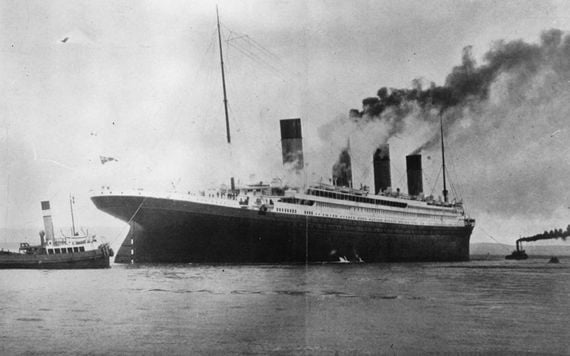
The Titanic (Getty Images)
Seven lucky passengers disembarked at Cobh including Jesuit priest Father Francis Browne and the Odell Family. Their photographs, taken aboard, are now world-famous. The 123 passengers, 79 of whom perished in the icy waters of the North Atlantic are remembered in the Titanic Memorial Garden in Cobh.
Cobh and The Lusitania
In 1915 1,198 people perished when the Lusitania was sunk off the Cork coast by a torpedo fired by a German U-boat. The people of Cobh witnessed first-hand the trauma and heartbreak as the dead, injured and bereaved were brought into a community that responded with courage and compassion. Of the 289 bodies that were recovered, 169 were buried in the Old Church Cemetery just outside the town in three mass graves and 20 individual plots.
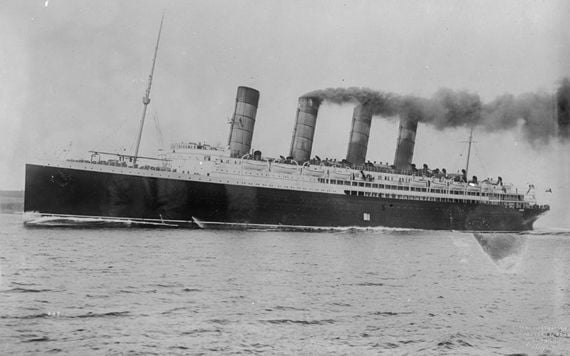
The Lusitania (Getty Images)
The great Ocean Liners stopped calling in the 1960s as airplanes became the faster and cheaper way to cross the Atlantic. A steelworks, shipyard and fertilizer plant became the major employers.
Now, however, tourism is the predominant employer – a picture postcard pretty village by the sea, a place in world history, world-class tourist attractions and a warm welcome attract visitors all year round. The great liners are back too – over 50 cruise ships berth right in the center of the town each year and passengers step off into a town where the streetscape is still very much as it was when the Titanic called.
Cobh's Cathedral
The town is dominated by the Roman Catholic St. Colman’s Cathedral that is perched on the hillside. It is a magnificent neo-Gothic building that took 47 years to build, starting in 1868. The cathedral organ has 2,468 pipes. It also has a 49 bell carillon, the largest bell weighing 3.6 tons is suspended 200 feet above the ground.
When Laurel and Hardy visited Cobh in 1953 their signature tune “Cuckoo Waltz” was played to welcome them and there are now regular recitals in the summer months.
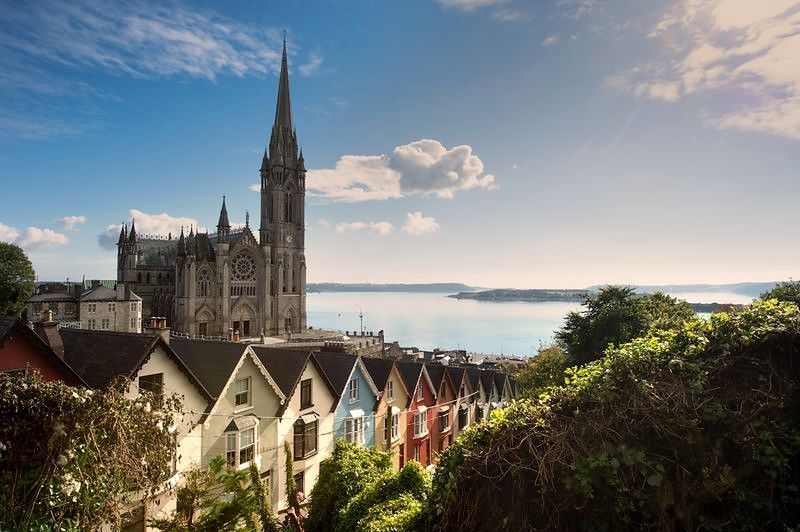
St. Colman's Cathedral (Ireland's Content Pool)
For more information about visiting Cobh, see visitcobh.com.
Have you visited Cobh before? Let us know in the comments!
* This article was written by Hendrick Verwey Chairman of Cobh Tourism Ltd. in 2017. Updated in January 2024.
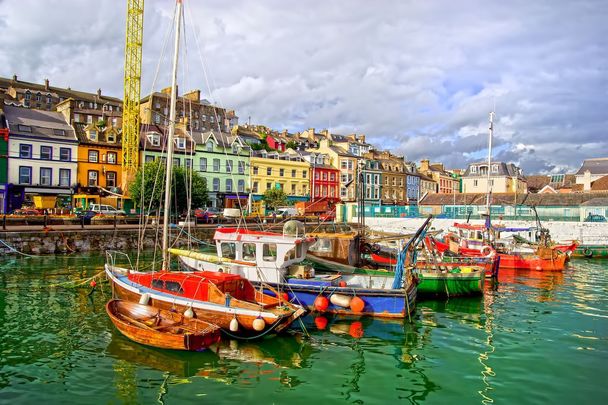
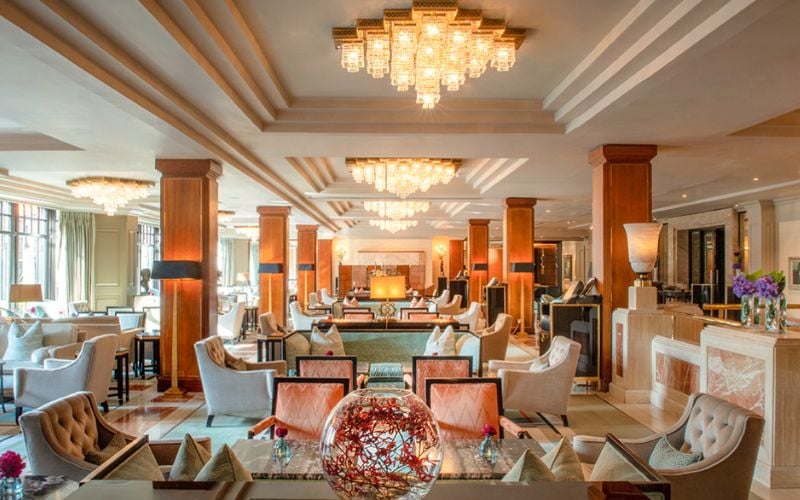
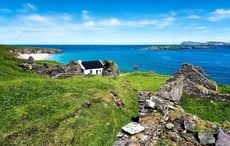

Comments